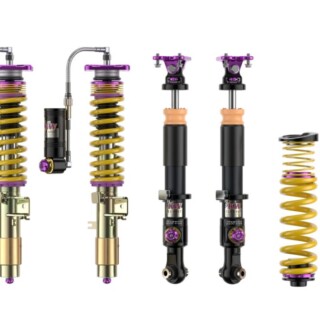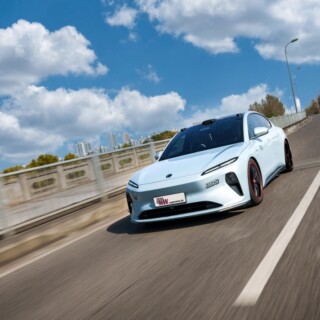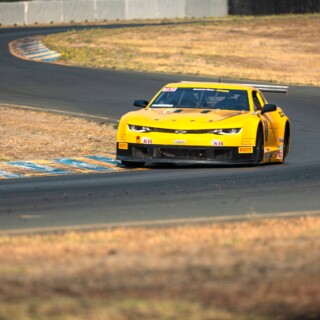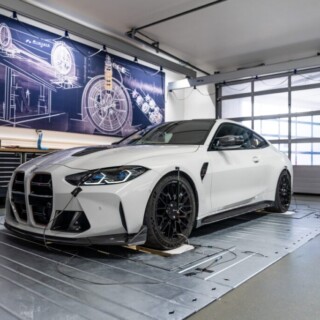
KW automotive, the suspension manufacturer, has been a development partner and supplier for selected limited edition models in the automotive industry for years. Croatian electric hypercar manufacturer Rimac Automobili also relies on the expertise of KW automotive.

The Rimac C_Two is much more than a hypercar – it’s an electric GT hypercar; that needs to satisfy at long journeys with its comfort but also deliver high performance on various racetracks.

The Rimac C_Two can accelerate from 0 to 300 km/h in just 11.6 seconds (0 – 100 km/h in under 2 sec). The top speed is 412 km/h. The requirements placed on the suspension are accordingly high. After years of development work, the Rimac C_Two is in the final phase of fine-tuning the fully controllable KW suspension.

In addition to the suspension, KW automotive also developed the chassis control and chassis control electronics for its customer Rimac Automobili. “The suspension system in the C_Two is the most innovative product that we have at KW automotive, and it’s necessary to deliver the broad range of abilities that Mate Rimac wants for the C_Two.”, says Klaus Wohlfarth Founder and Managing Director of KW automotive.

“We’re proud to say that this is the latest partnership between our two brands, and we’ve worked with Mate since the very beginning ten years ago when we provided the suspension for his all-electric BMW track car that inspired him to start building his own electric hypercars.”

KW automotive is a leader in its segment in the development and production of adaptive coilovers, KW software control systems, KW suspension control units, and KW solenoid proportional damper valves. The suspension developed by KW for the Rimac C_Two is a fully controlled coilover suspension with adaptive valve control and a hydraulic lift system.
In collaboration with KW automotive, the handling and driving dynamics of the Rimac C_Two were fine-tuned using KW specialized equipment, on numerous demanding racetracks around the world, even before the electric sports car has done any driving.

In reproducible conditions, KW tested its shocks with adaptive damper control for the Rimac C_Two on the 7-post vehicle dynamic test rig in Fichtenberg, Germany.

The Rimac C_Two is placed with its wheels on four stamps during the tests. In the so-called “4-post sweeps”, various parameters such as axle kinematics, spring rates, suspension travel, damper settings, damper setups, and much more were tested.
Each individual pillar has a wheel load scale and is moved by hydraulics. This generates a pressure of up to 230 bar in the hoses of the vehicle dynamics 7-post-rig.

The motion of the four large wheel actuators causes the entire body of the Rimac C_Two to vibrate. In the process, the KW engineers, together with their colleagues from Rimac, analyze resonance frequencies, among other things, at which the amplitude of the forced excited body becomes maximum.

In this so-called stroke sinusoidal oscillation, the electric sports car runs through a frequency band from one Hertz to 20 Hertz at a constant speed in phase zero passage. In addition to measurements at constant speeds of 75 mm/s, 150 mm/s, 200 mm/s, or 250 mm/s (excitation speed of the posts in the phase zero passage), the vehicle dynamic test rig is also used to map various racetracks.

After the tuning and development tests on the vehicle dynamics test bench, further driving tests on various racetracks will begin shortly before the 1914 hp Rimac C_Two production model is presented to the public in a few months.
Photos / Screenshots Rimac Automobili, Words C. Schmidt










